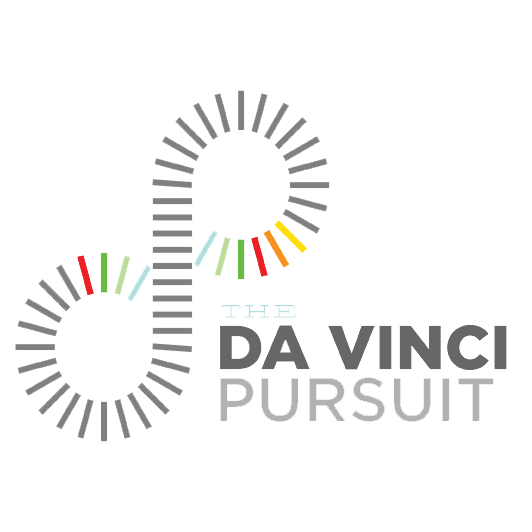daVinci Innovation Workshop

Creating a Team
Design teams are a type of cross-functional team. A cross-functional team brings together people who have different areas of expertise and are often from different job levels to address a problem. While this diversity is a strength, it can also be a source of friction. When you’re an expert you often approach problems in particular ways. All members need to come to the team with the expectation that they will learn from one another, and all members of the group must respect these different ways of working and be committed to working together.
Narrative descriptions thanks to Rochester Institute of Technology https://www.rit.edu/
Qualities Needed on a Team
Design thinkers need to be bold enough to ask the questions no one else is asking, but also collaborative enough to know how to ask those questions in a collegial way. You need experts, but just as important, you need people who enjoy working with and learning from others.
Team Diversity
Beyond subject matter expertise, there are additional considerations and benefits for building diverse teams. In a review of the literature, they said, “Published research from academia, corporations, and other organizations supports that diverse and inclusive groups make better quality decisions, often faster, and in a more fact-based manner, with less cognitive bias or groupthink.” Simply put, diverse teams are strong teams.
Supporting the Work of the Team
Work with your team to establish some guidelines or rules for how the group will work together. This can include administrative rules, such as team members should be on time to meetings, as well as those that might help the group be its best version of itself. Some of these rules can be set by the team leader, particularly those that set the tone of meetings. Think about how you might turn that table describing the aspects of design thinking into a set of guidelines for the how the team will work together. How can you help activate the team’s empathy and curiosity toward a user-centered investigation of the problem? How can you help ensure that they provide non-judgmental and constructive feedback during a critique?
Revisiting the Problem Description
Now that you have assembled a team that will work to find a solution to the problem, you should bring that expertise together to re-investigate your problem. Run through the What, Who, When, Where, Why questions of problem investigation again to see if your team has deeper insight into the complexities of the problem. The team members will want to feel confident in their initial understanding of the problem so that they can begin to pursue research in their area of expertise. As you pursue research, your team will come back periodically to exchange information and perhaps adjust the team’s understanding of the problem description.
